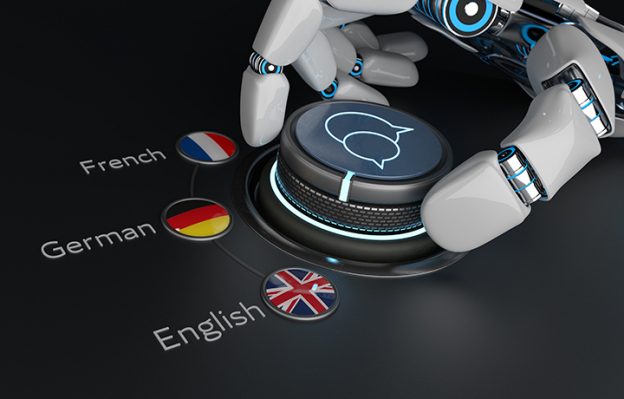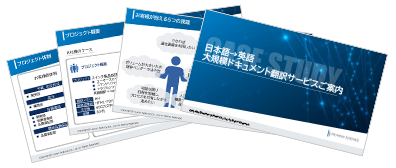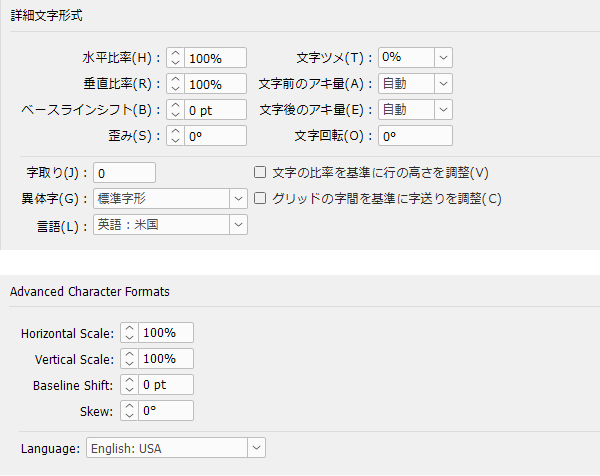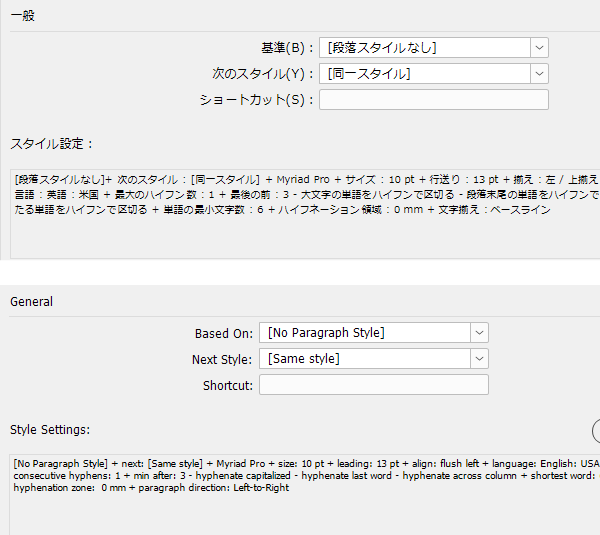Last time, I talked about the work of pre-editing the original text to improve quality before applying machine translation.
Simply applying machine translation often results in translations that are not of sufficient quality, so it is necessary to further refine the translated text after machine translation. This process is called "post-editing."
However, even when we say "post-editing," the extent of the corrections varies depending on the target quality standards.
Is it sufficient for the content of the original text to be accurately conveyed, or is there a demand for "fluency" and "readability" as well?
If too much time is spent on the correction work, resulting in costs that exceed those of human translation, then there is no point in using machine translation.
It is important to determine the level of post-editing for each project, considering the quality of the output from the engine used and the costs associated with post-editing.
Related Services
Post-Editing Support Tool MTrans Post-Edit Booster
Automatically corrects machine translation-specific errors to streamline post-editing tasks!
Machine Translation Seminar
We hold machine translation seminars every month.
If you would like to receive seminar announcement emails, please register using the button below.
Related Articles
[Know-How] What Skills are Required of a Post-Editor?
[Know-How] International Standard for Post-Editing (ISO 18587)
[Know-How] What are the Aspects of Correction in Post-Editing?


























